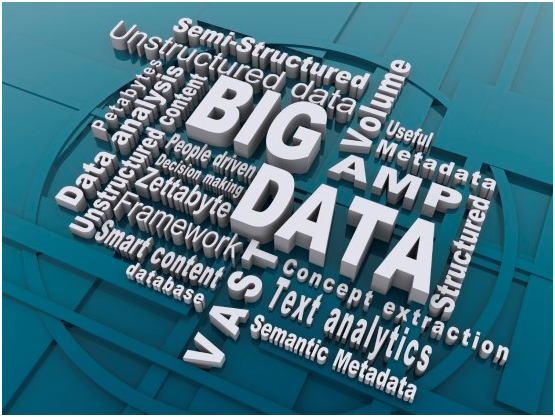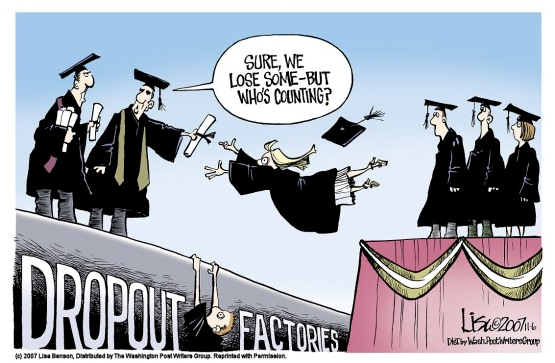Big Data can bring big changes in Education Sector
This article, authored by Praxis Business Analytics alumni Rohan Agnihotry and his colleague Sandeep Paul appeared in their company blog page – http://bridgei2i.com/blog/big-data-brings-big-changes-in-education-sector/ on March 18, 2014
This is the story of two friends, Jim and Julie – both 14, who are keen to master the English vocabulary. Jim goes to a tutor, gets a word-list of about 20 words a day, memorizes them, takes a weekly quiz and then repeats the whole process the next week. His friend, Julie on the other hand, searches the worldwide web for a suitable tool and starts using an online solution. This knowledge portal tracks her progress, provides her timely feedback, additional resources as required and tailors her assignments based on her individual progress. Upon completing the module, a detailed outcome is sent to her teacher including reading time, vocabulary knowledge, reading comprehension, and use of supplemental electronic resources. Julie meets her learning objectives and moves on to her next lesson!
Today the teaching pedagogy has changed dramatically. With advances in technology, our classrooms are virtual, knowledge is on the cloud and students are widely dispersed. The education market space has moved up the value chain by adopting latest innovations. However, this industry is still plagued with the problem of improving outcome (i.e. quality of graduating students) and reducing dropout rates. Institutions are keen to glean a better understanding of what affects student performance and behavior so as to attract better talent, improve graduation rates and reduce churn. The solution to all these problems lies in implementing analytics and move towards data driven decision making.
I believe “Big data” is the much needed change agent in the education industry and it is going to ensure success for students, faculty and institutes. The future is bright for the institutions who are willing to infuse analytics into their decision-making process. But first, let’s look at some examples to validate the analytical approach in education:
Large online portals like Pearson, Blackboard, Desire2learn and Coursera have leveraged analytics to optimize their solution and grow their business. Implementing simple tracking mechanisms on number of logins, amount spent on teaching resources, frequency of posting, discussion on forums etc. and interpreting these numbers to create meaningful dashboards enables teachers to better track the progress report of individual students and also help to personalize learning requirements as per the need of the students.
The other example is mining the data sitting on the knowledge management platforms. Now a days, most universities have their own online knowledge sharing portals. These platforms are used by students and other stakeholders as a primary mode of communication to share their learning experiences. These portals are a rich source of real time data and performing big data analytics on these sets of data will help understand students’ sentiments, thereby improving the holistic performance of the system.

Another pertinent problem affecting institutions is the high dropout rate of the students. A research study conducted in the United States on dropouts, reveals:-
- Every 29 seconds an American high school student gives up on school, amounting to more than 1 million American high school drop outs every year
- Nearly one-third of all public high school students—and nearly one-half of all African-Americans, Hispanics and Native Americans—fail to graduate from public high school with their class.
The dropout problem is likely to increase substantially through 2020; the good new is that this growing problem can be addressed by the leveraging the power of analytics. Using predictive modeling techniques and identification of key drivers affecting students’ performance, educators can take corrective measures to work on reducing the dropout rates.

It is estimated that global investment in education will reach a whopping $6.3 trillion by 2017, and with the enormous potential for analytics adoption. However the progress made till date is clearly not that significant. According to a study conducted across 20 sectors, the education sector is the least prepared to capture data required, has the least capacity for IT intensity, the least inclined towards a data-driven mind-set and is the least likely to have overall data availability [Norris and Baer, 2013].
According to Darell West (2012), at the Brookings Institution in Washington, DC, the potential for improved research, evaluation, and accountability through data mining, data analytics, and web dashboards in education is immense, provided institutions understand the power of data driven approach.
